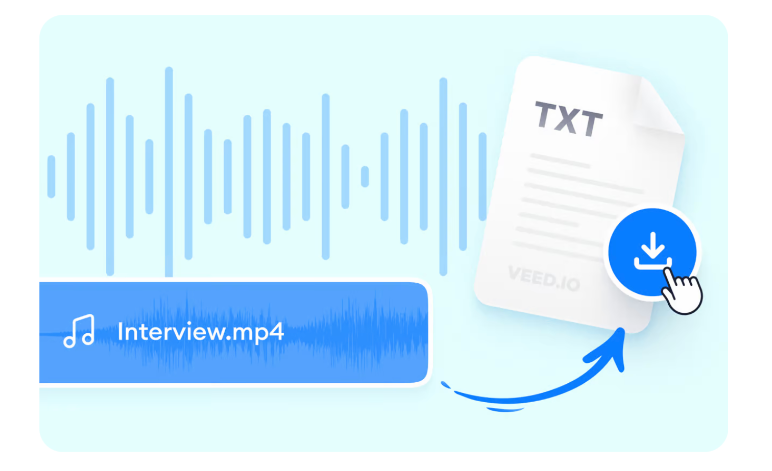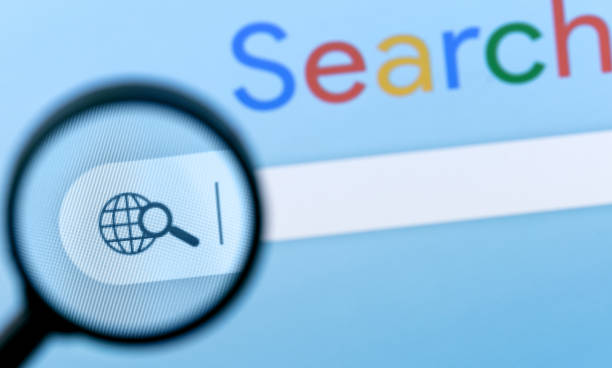Transcribing audio to text is a process that involves converting spoken words into written form. This can be done manually by listening to the audio and typing out what you hear, or it can be done automatically using software. The latter method is often referred to as “speech recognition” or “voice-to-text” technology.
Transcribing audio to text is a process that can be used to boost productivity and accessibility. It allows you to take notes while listening to a lecture or meeting, which means that you don’t have to worry about missing important information. You can also use it as an alternative way of reading documents if you have difficulty with reading on screen.
In this article, let us unlock the power of transcribing audio to text that will help you boost productivity and accessibility:
Benefits of Transcribing Audio to Text
Transcribing audio to text is a great way to save time and effort in note-taking. It allows you to take notes while listening, which means that you don’t have to worry about missing important information. You can also use it as an alternative way of reading documents if you have difficulty with reading on screen.
Transcribing audio to text is a great way to improve accessibility for individuals with hearing impairments. It allows them to read what others are saying, which can be especially helpful in situations where they need to communicate with people who don’t know sign language.
Transcribing audio to text is a great way to make it easier for others to access and use the information you’ve recorded. It allows them to read what you said, which can be especially helpful in situations where they need to communicate with people who don’t know sign language.
Tools and Techniques for Transcribing Audio to Text
There are many tools and techniques you can use to transcribe audio to text. Here are a few of the most popular ones:
- Automated transcription software and tools. Automated transcription software and tools are the easiest way to transcribe audio to text. They’re also the most accurate, since they use advanced algorithms to convert audio into written words. Some of these tools are free, while others require a subscription or one-time purchase.
Manual transcription methods. Manual transcription methods are the most accurate way to transcribe audio to text, but they’re also the most time-consuming. You’ll need a computer with a word processing program and a set of headphones or earbuds.
Here are some best practices for accurate and efficient manual transcription:
- Use a word processing program that has a spell checker and grammar checker. This will help you catch any mistakes before they become part of your final transcript.
- Use headphones or earbuds to listen to the audio while you type. This will help you focus on what’s being said and not get distracted by other sounds in the room.
- Use a foot pedal to control the audio playback. This will allow you to pause, rewind and fast forward without having to take your hands off the keyboard.
- Use a good quality microphone for recording audio. This will help ensure that your voice is clear and easy to understand when transcribing it later.
Applications of Transcribing Audio to Text.
Transcribing audio to text is a useful skill that can be applied in many different situations. Here are some examples of how you might use this skill:
- Transcribe interviews for research purposes.
- Create captions for videos or podcasts.
- Create subtitles for foreign language films or television shows.
- Transcribe lectures and presentations so they can be shared with others who were unable to attend the event.
- Create transcripts of meetings or conference calls so that everyone has access to the same information.
- Transcribe audio recordings of phone calls or meetings so that you can review them later.
- Create a transcript of an interview with someone who is deaf or hard of hearing.
Challenges and Considerations
Transcribing can be a time-consuming process. It can also be difficult to understand what someone is saying, especially if they have an accent or speak quickly. You may need to listen to the same recording multiple times in order to get all of the information down correctly.
Automated transcription is a great tool for getting started with transcribing, but it’s not perfect. The software can make mistakes and miss words or phrases that are important to the conversation. You may need to go back and listen to the recording again in order to catch these errors. If you are transcribing an interview with someone who is deaf or hard of hearing, this process may take longer than usual because they will need to read your lips as well as listen to what you are saying.
If you are transcribing a conversation that contains sensitive content, it is important to be aware of the legal and privacy considerations.
There are several strategies you can use to improve the quality and efficiency of your transcription work. These include:
- Using a good quality microphone.
- Recording in a quiet environment.
- Using headphones when listening back to recordings.
- Using software that automatically transcribes audio files into text.
Future Trends and Implications
Future trends and implications for transcribing audio to text include advancements in AI and machine learning for more accurate and efficient transcriptions, as well as increasing importance in various industries for improving productivity and accessibility.
As technology continues to evolve, we can expect to see more sophisticated transcription tools and software such as VEED.IO an online video editor company that not only caters to transcribing audio to text but also provides services such as adding audio using audio joiner, AI Avatar generator, and many more.
Additionally, transcribing audio to text is becoming increasingly important in fields such as education, business, and healthcare for improving workflows, communication, and accessibility for individuals with hearing impairments.
As a result, we may see widespread adoption of transcription practices in the future, leading to more efficient and seamless communication in both professional and personal settings.
Conclusion
In conclusion, the process of transcribing audio to text offers significant benefits in terms of boosting productivity and accessibility across various industries and settings.
By converting spoken content into written form, individuals can save time, improve information retention, and enhance communication efficiency.
Furthermore, the accessibility provided by transcriptions benefits individuals with hearing impairments, contributing to a more inclusive and accommodating environment.
As technology continues to advance, incorporating transcription practices into daily workflows can lead to increased efficiency, streamlined communication, and a more accessible and inclusive future for all.














